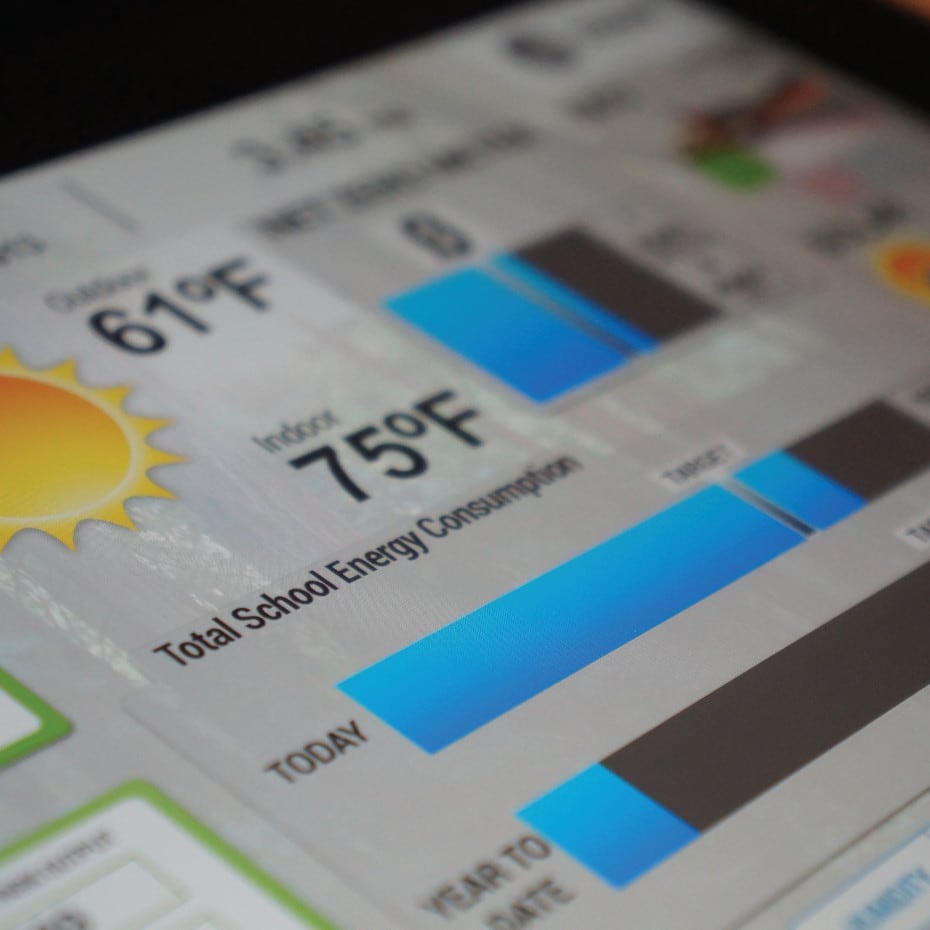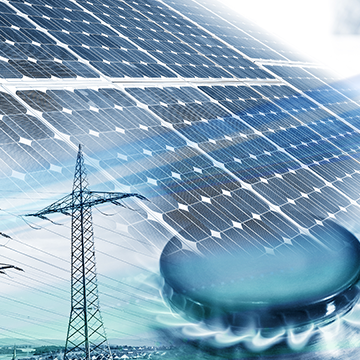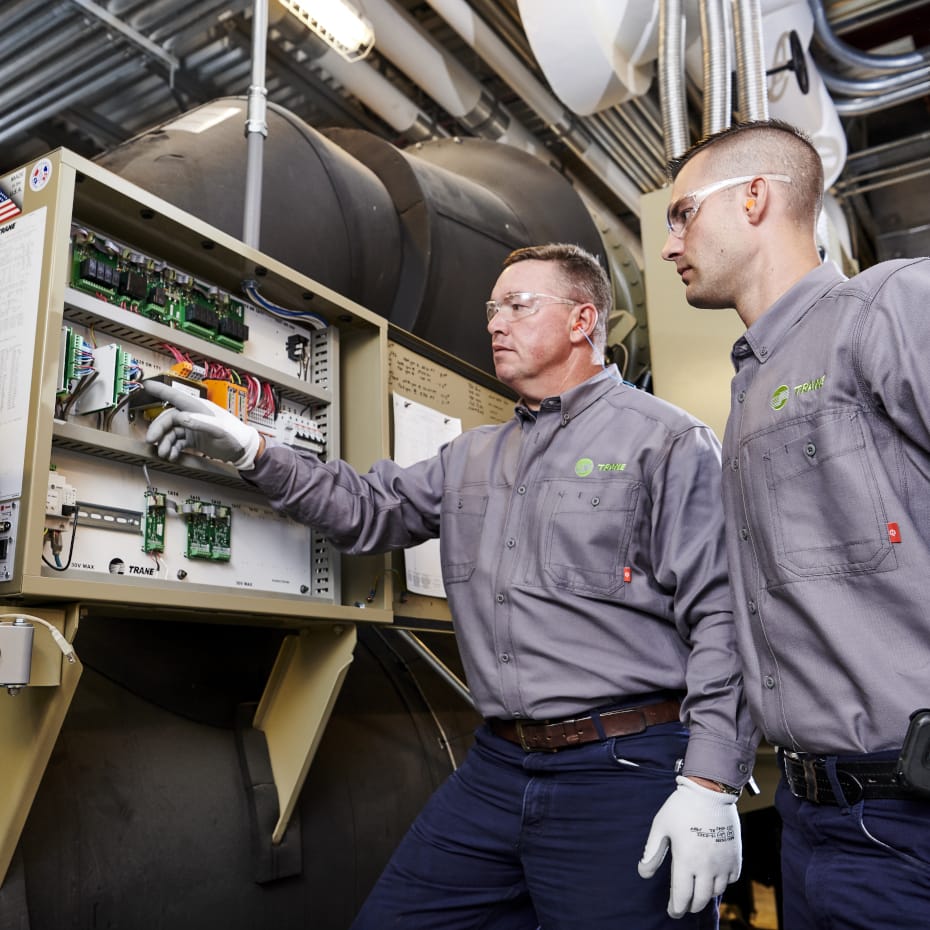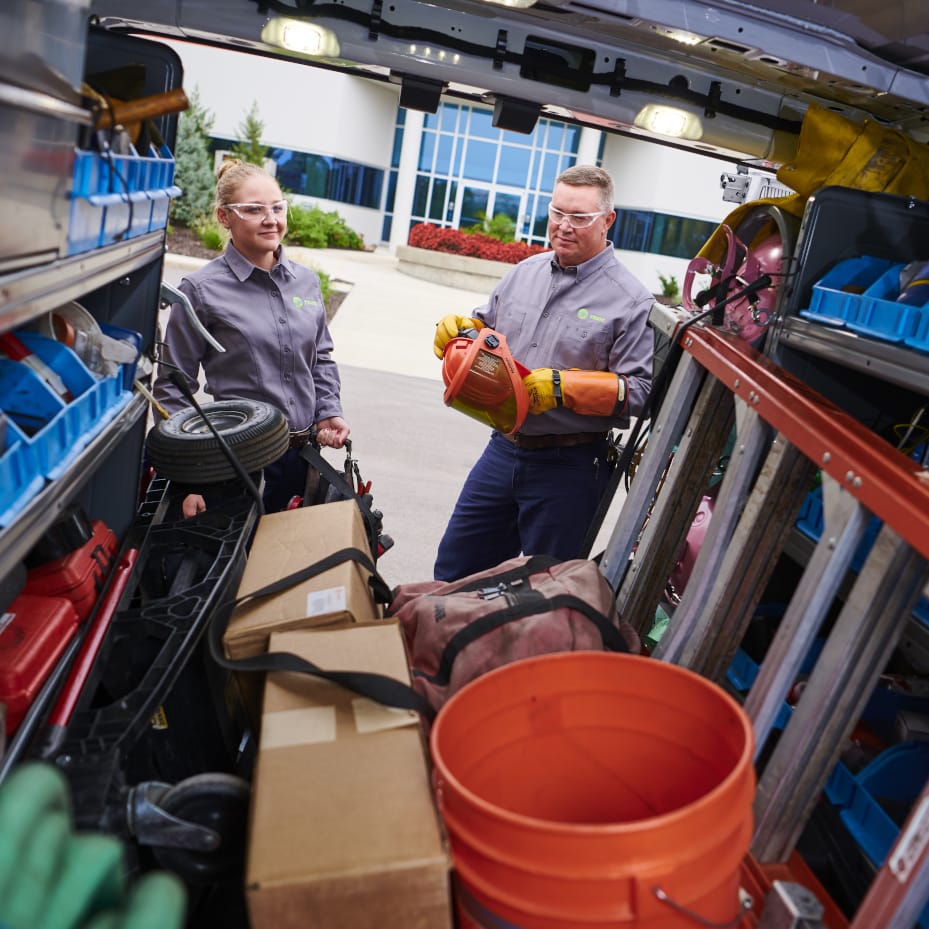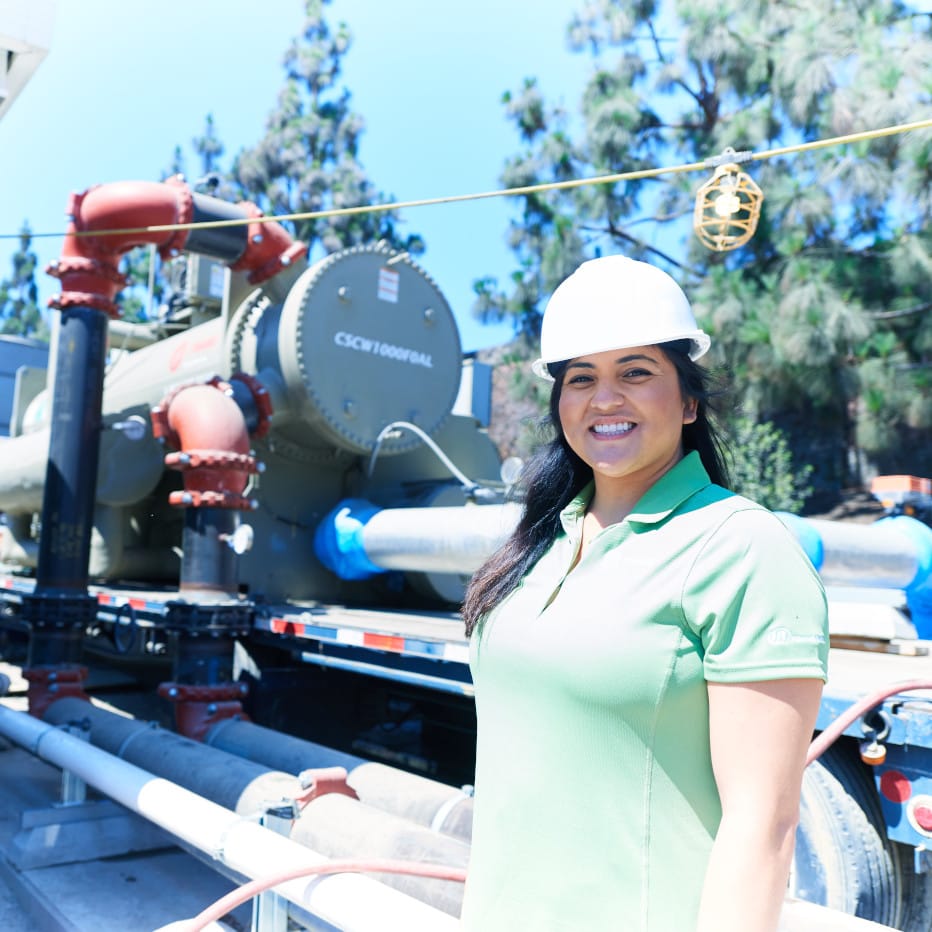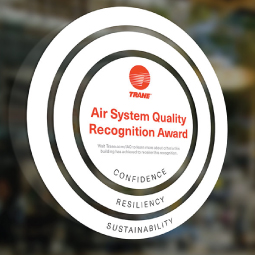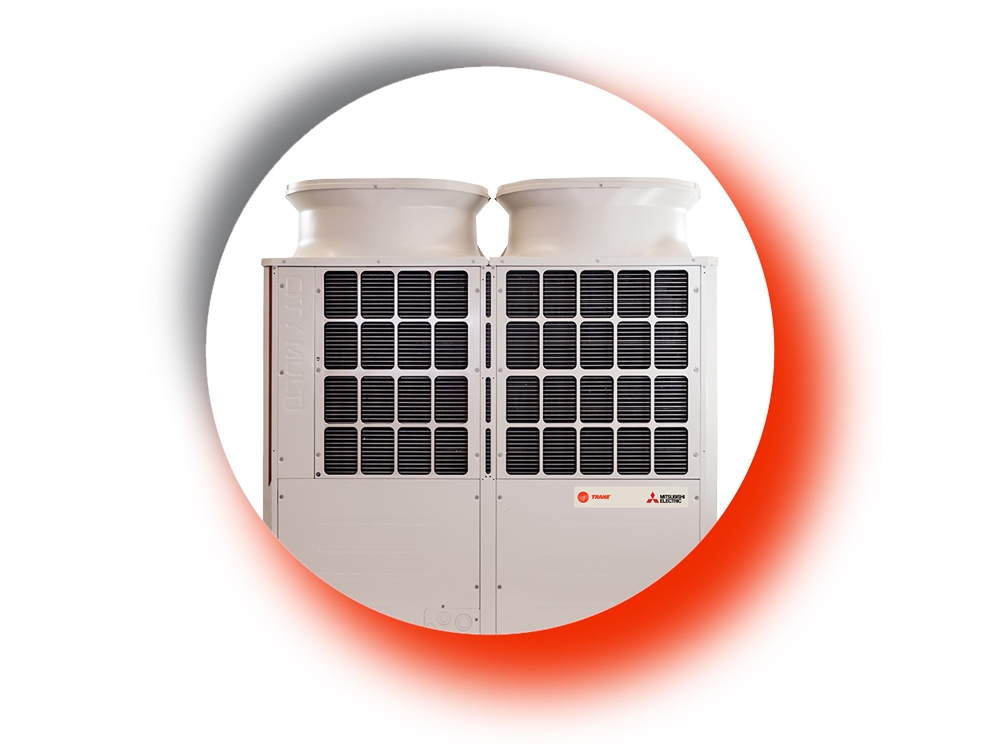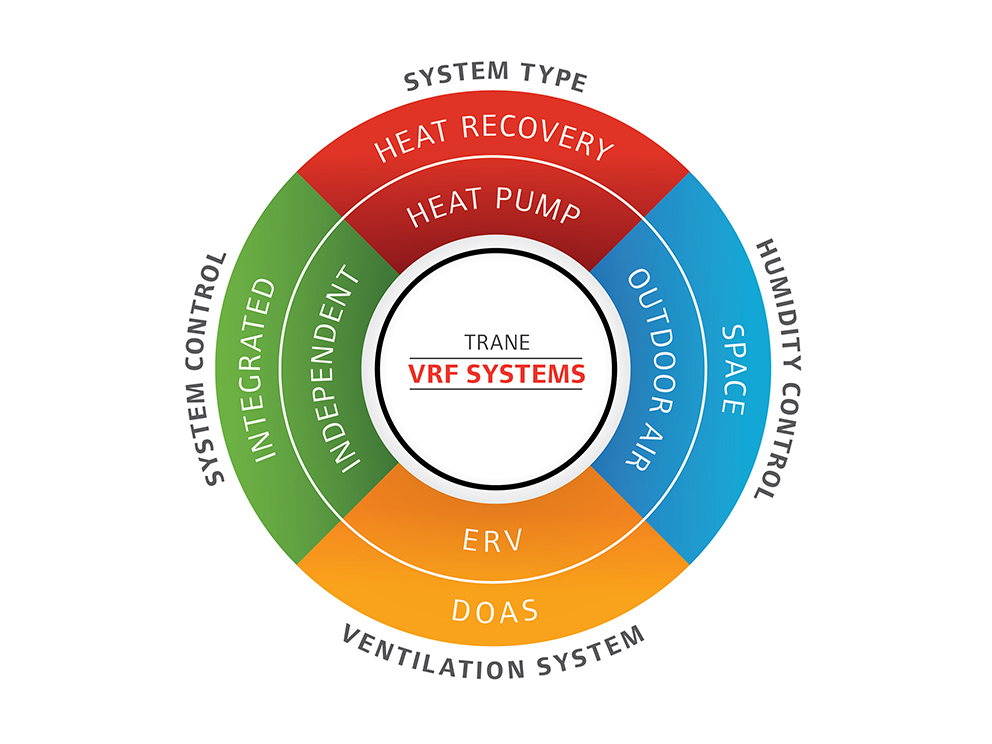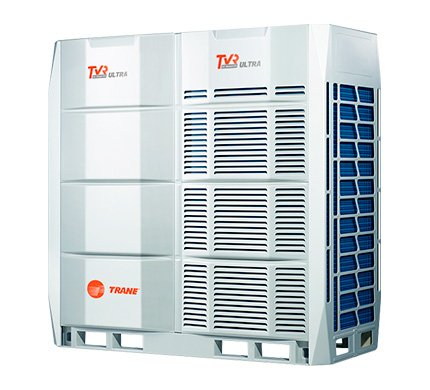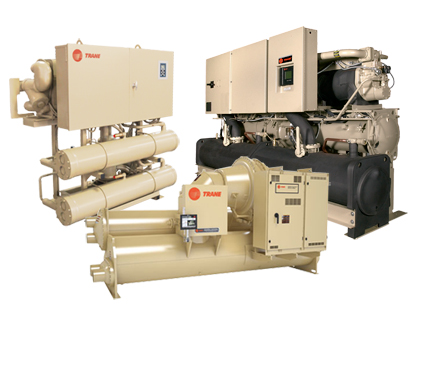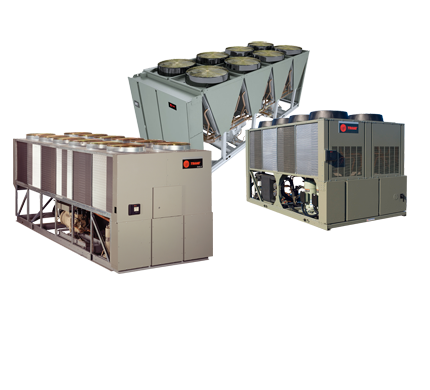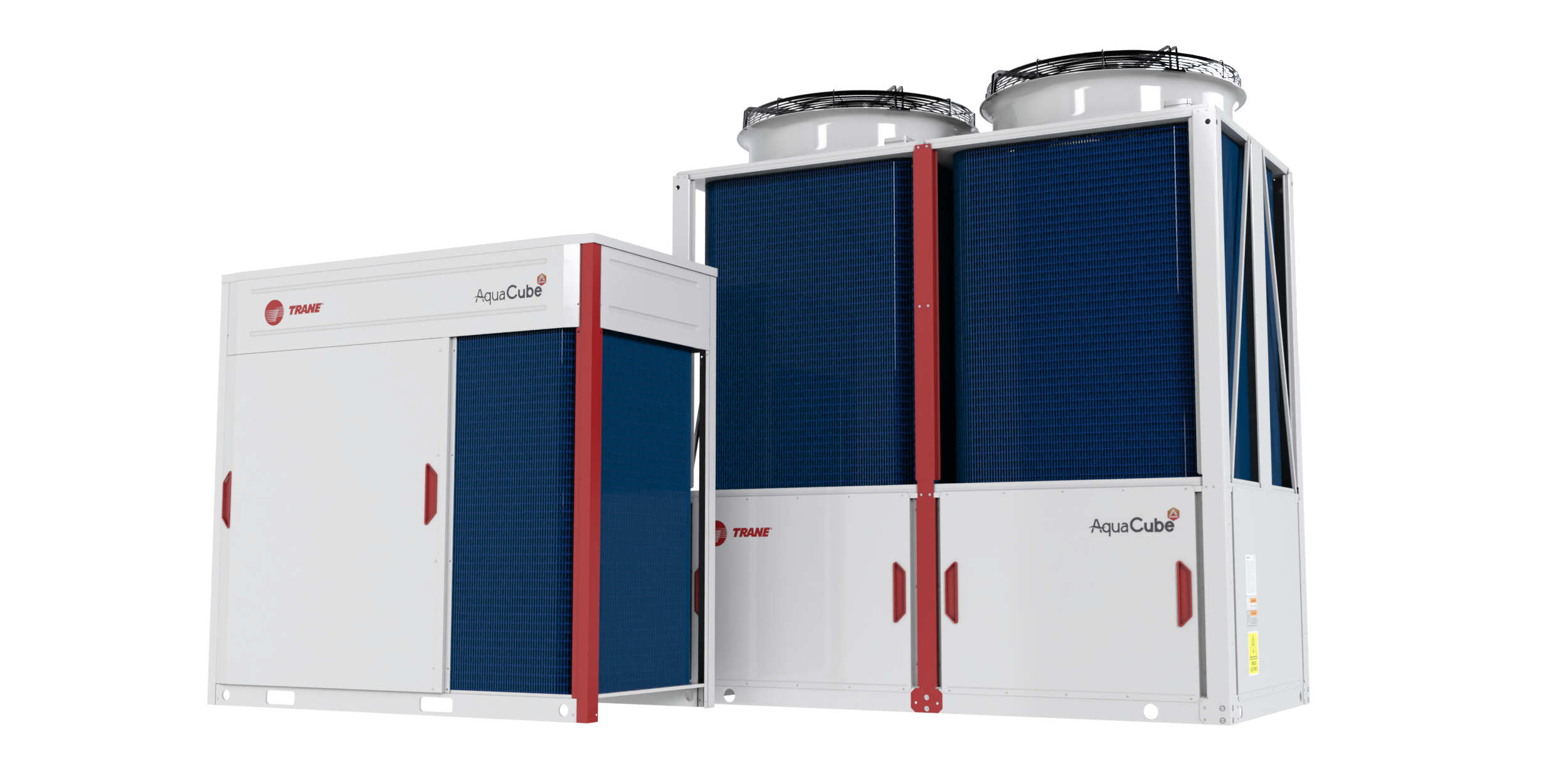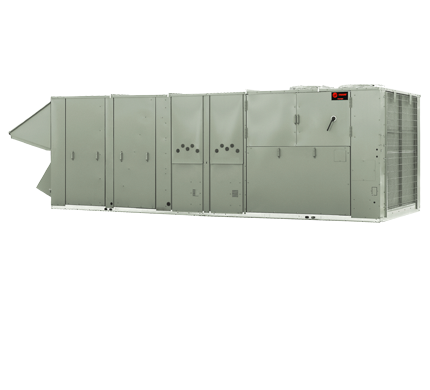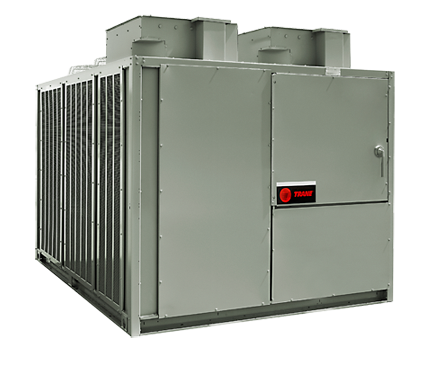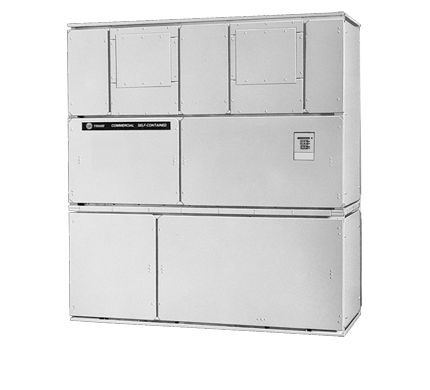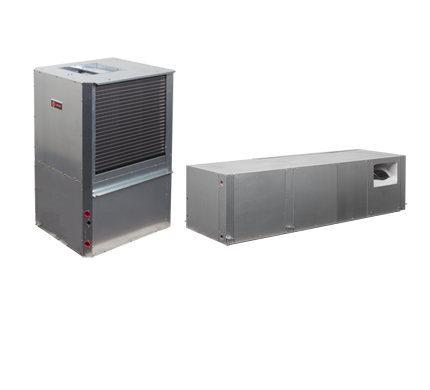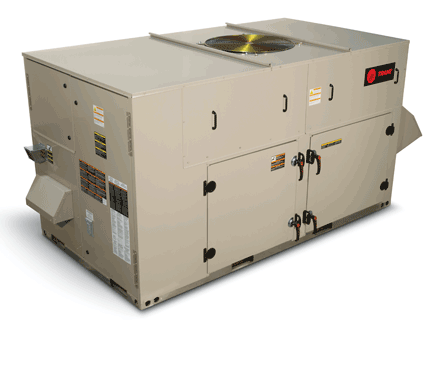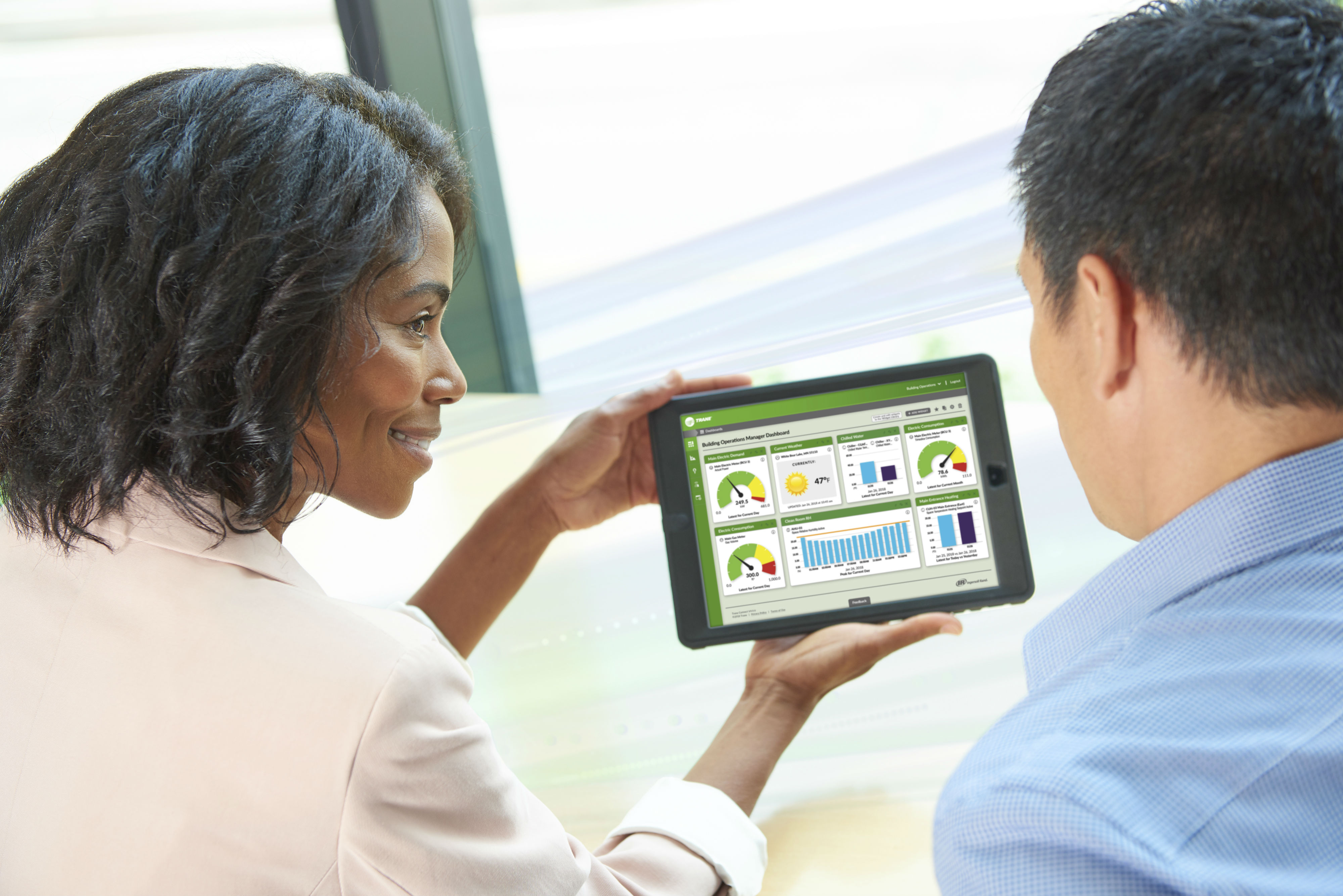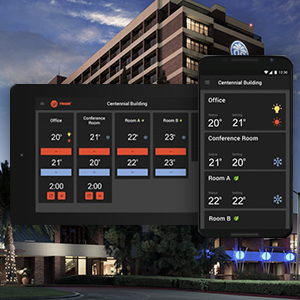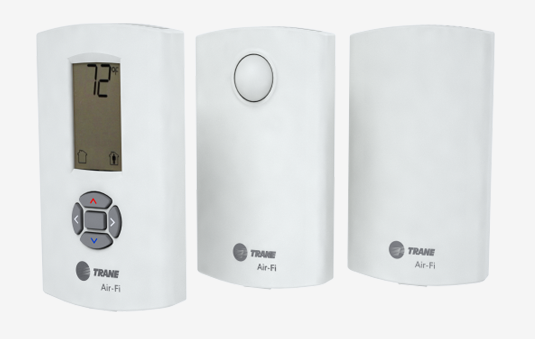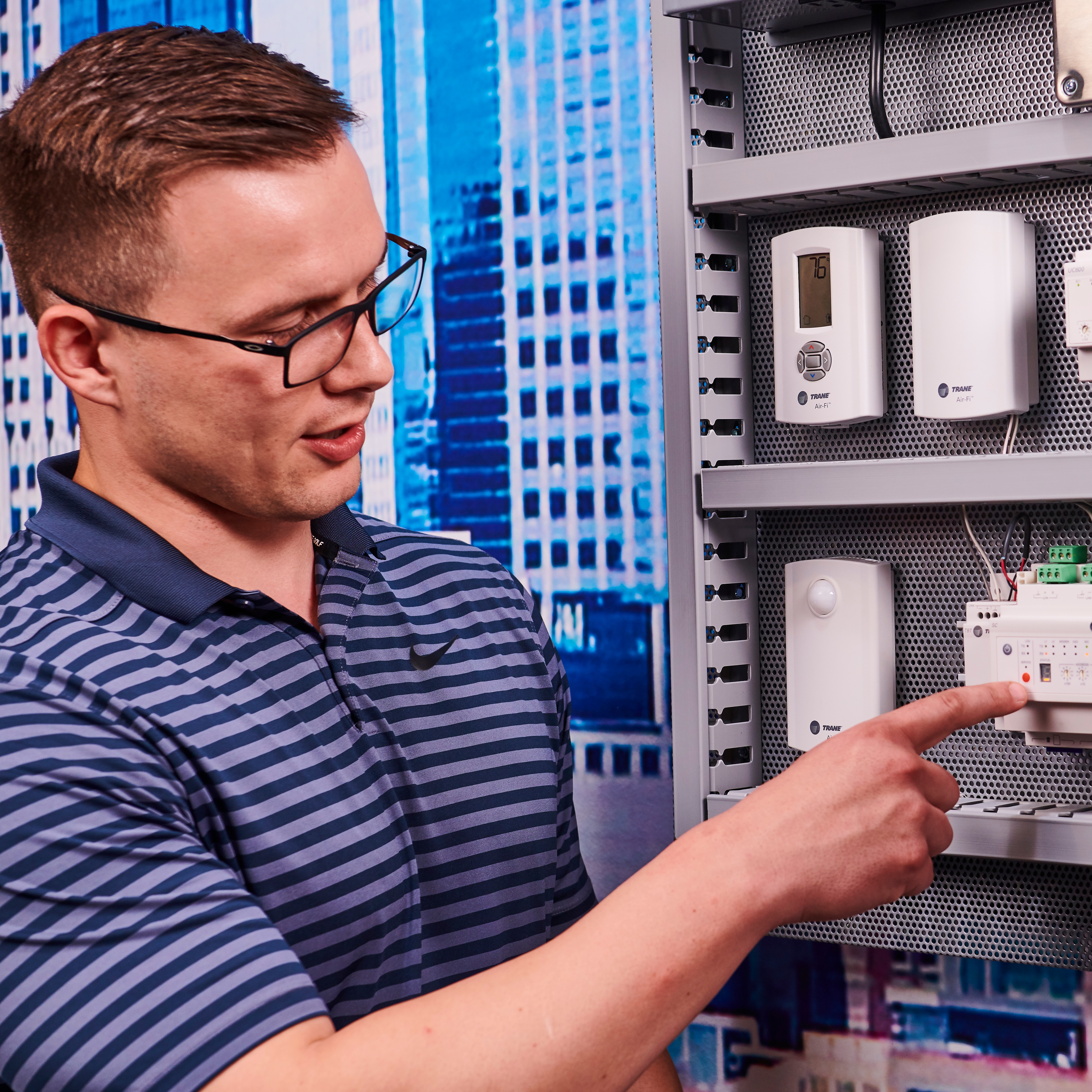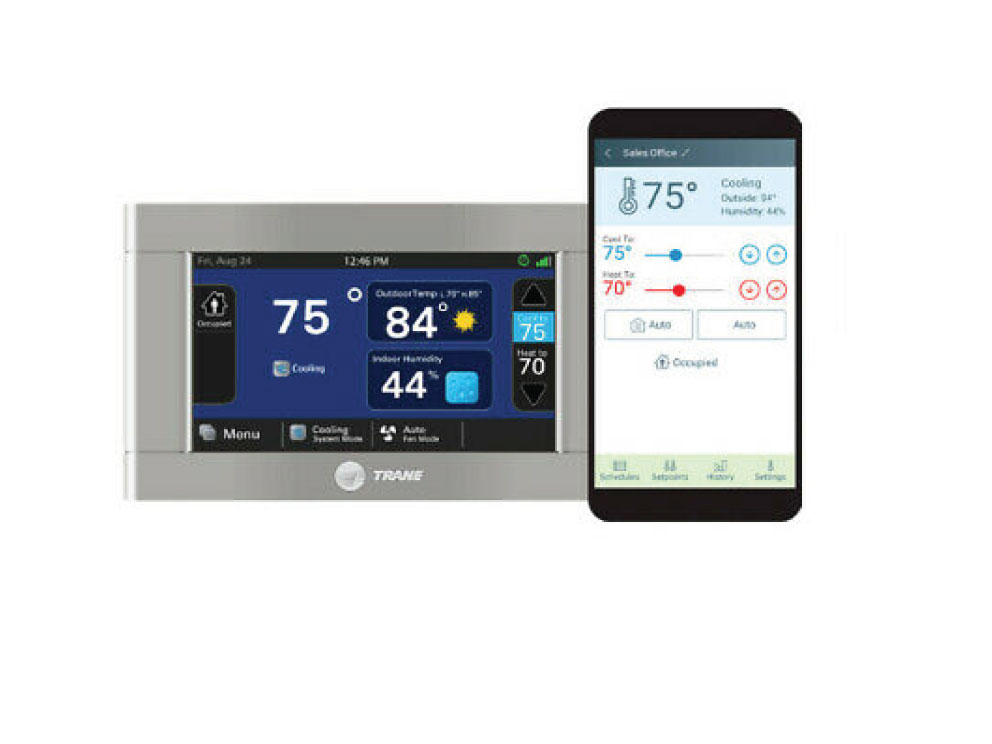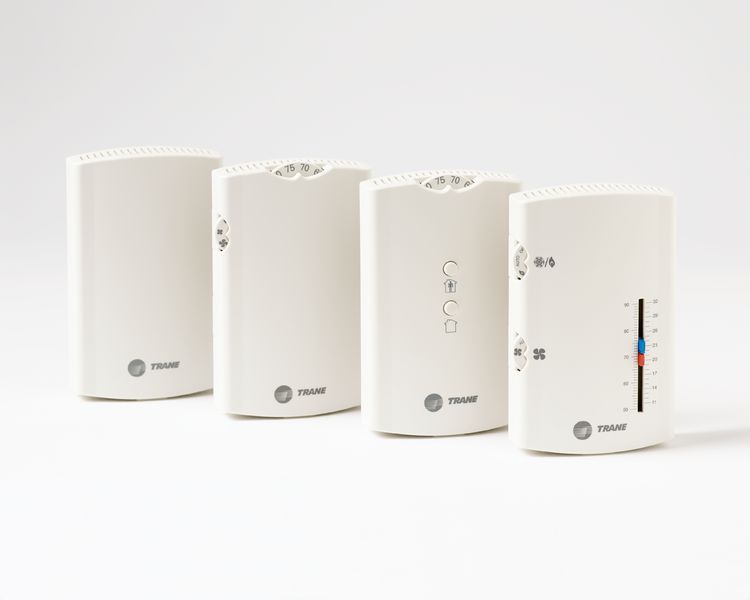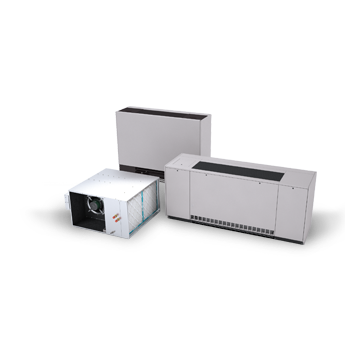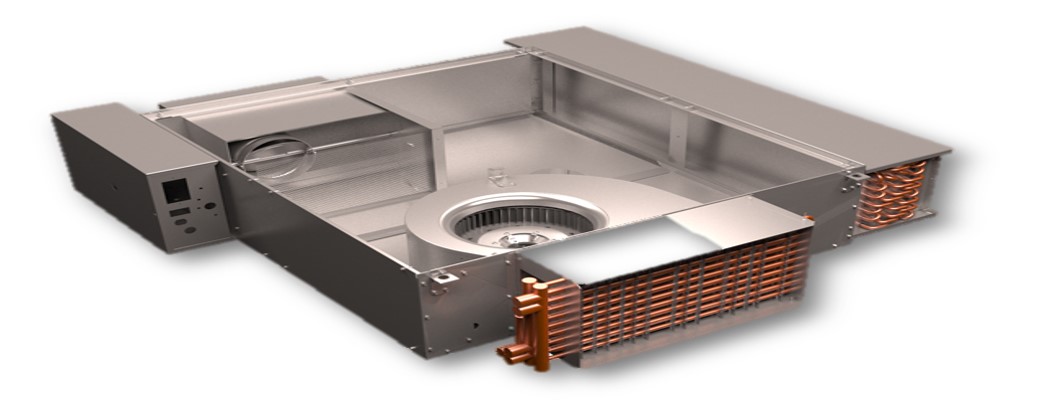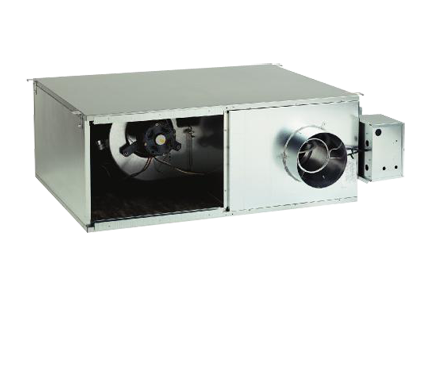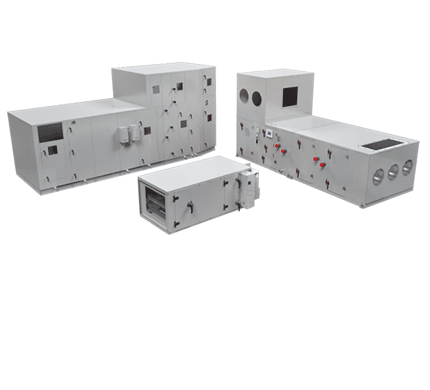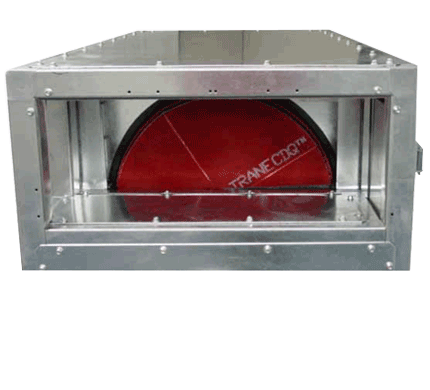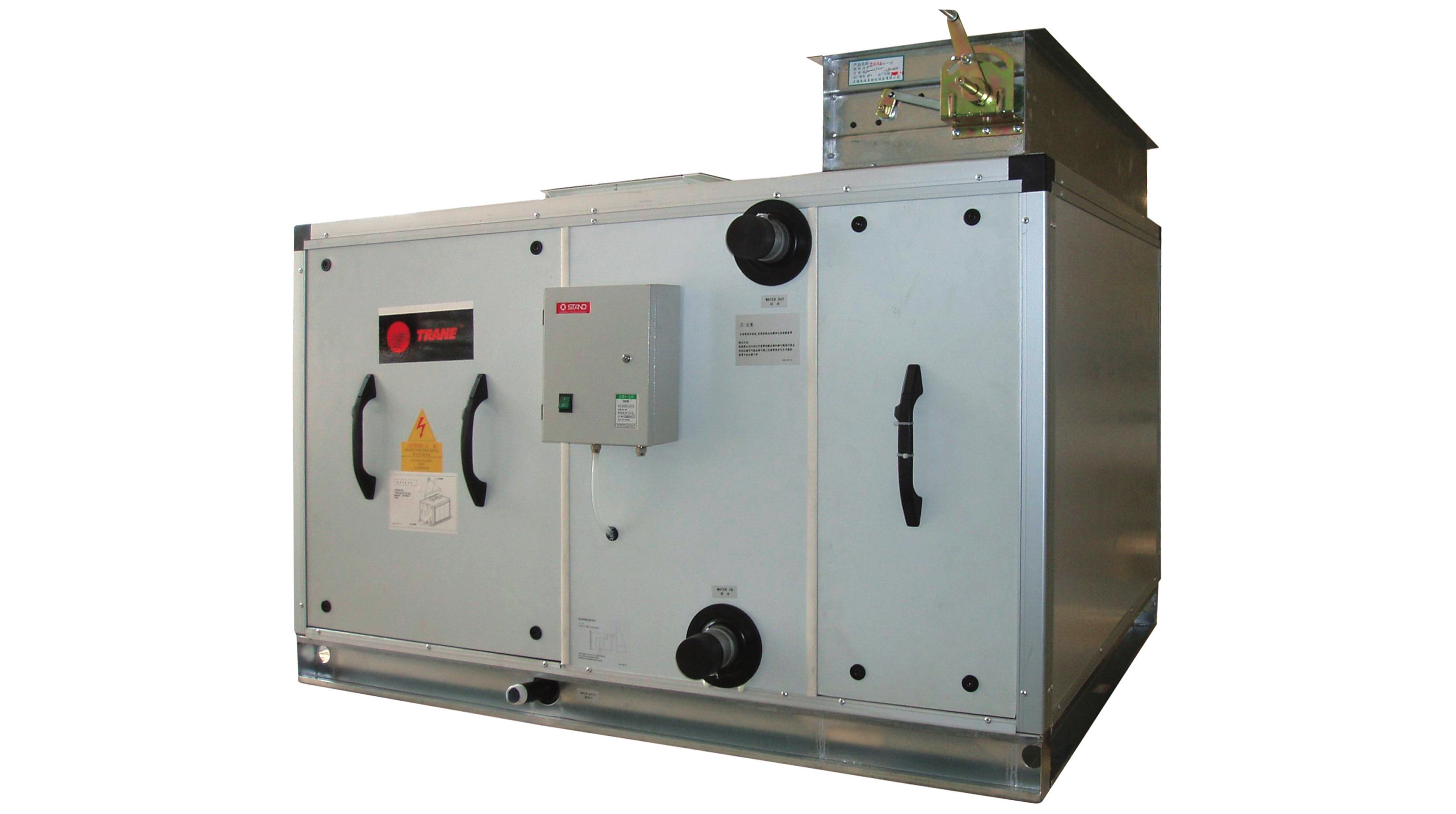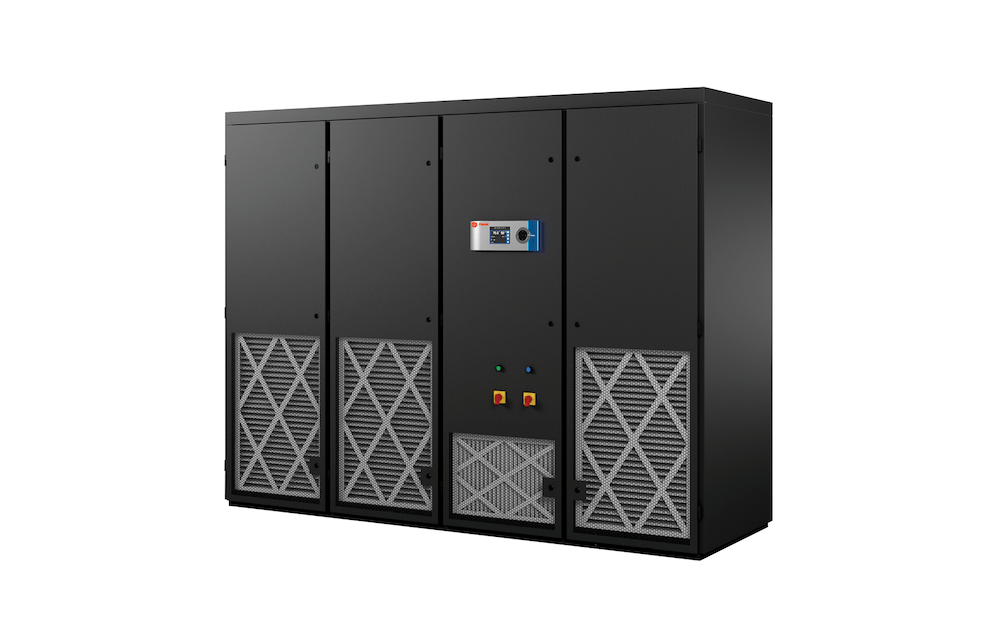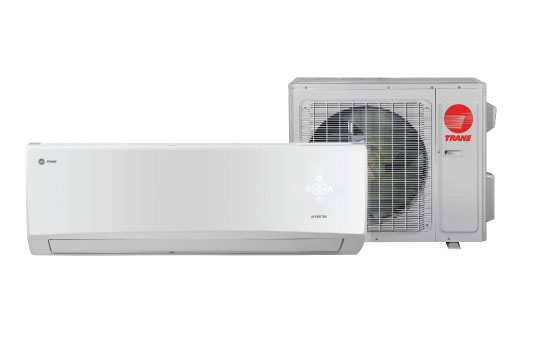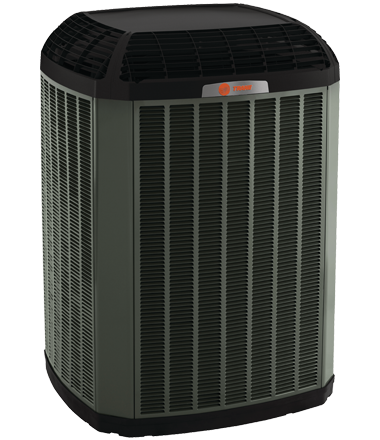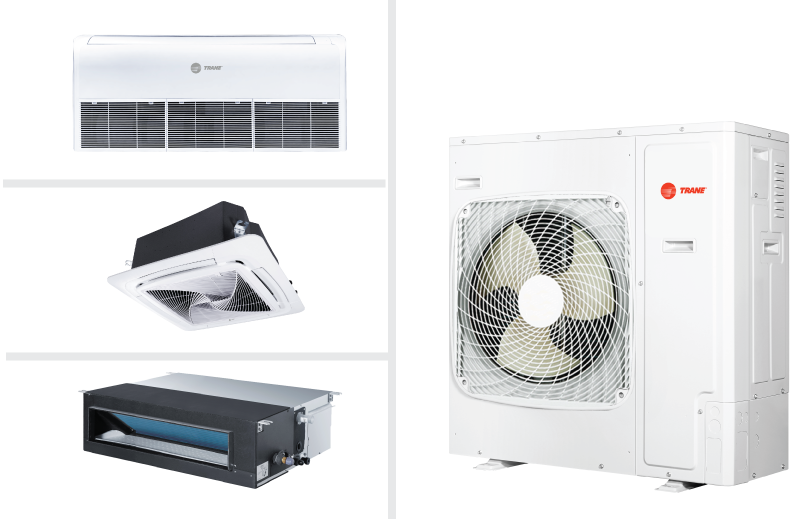This year, there has been a lot of news around thermal energy storage as a way to reduce carbon emissions, and for good reason. Read more for two of the latest trends
1. The push for warm thermal energy storage
According to Berkley Lab1, one-fifth of all energy produced goes towards thermal loads in buildings. And by 2050, the demand on the electricity grid from thermal loads is expected to increase dramatically as natural gas is phased out and heating is increasingly powered by electricity. The need for energy storage to store building heating and cooling loads will be huge.
Peak space heating and cooling demand loads do not always match up with renewable energy electric supply. And the fact that these peak demands are thermally driven makes them well suited to thermal energy storage. According to Energy & Environmental Science Journal2, “cost-effective energy storage is a critical enabler for the large-scale deployment of renewable electricity.”
Thermal Energy Storage is long lasting, produced from readily available materials and stored in the form it will be used, making it a cost-effective energy storage solution to decarbonize buildings.
2. The race to grid-interactive buildings
In May 2021, the Department of Energy (DOE) announced its goal for grid-interactive buildings to triple the energy efficiency and demand flexibility of the buildings sector by 2030 relative to 2020 levels.
Demand flexibility is the capability provided by on-site distributed energy resources like energy storage and demand response to reduce, shed, shift, modulate, or generate electricity. Significant changes in electric load can be achieved by adding thermal energy storage and smart controls that can respond to utility price signals to an HVAC system.
As the electrical grid incorporates more renewable energy and strives to reduce its reliance on fossil fuels even more, attention is evolving to grid-interactive efficient buildings (GEBs)3.
Trane Resources
Here's where you can learn about Trane's proven, practical HVAC system approaches to Thermal Energy Storage.
Trane Thermal Battery™ systems are premier HVAC plants that provide a distributed resource for our changing grid. Their ability to store thermal energy enables your building to reliably modify HVAC operations to optimize for carbon reduction or energy cost savings. See how our systems work, explore system components and compatible chillers.
Additional Information
Check the following resources for more in-depth discussions:
- A deeper dive into grid interactive buildings is available in the DOE report: DOE’s National Roadmap for Grid-Interactive Efficient Buildings. The publication presents a 14-step approach to achieving grid-interactive efficient buildings (GREBs).
- Read one of ASHRAE Journal’s most-clicked articles of 2021: Energy Storage: Helping Move Toward a Sustainable Future
- Lawrence Berkley National Lab: Energy Storage Center: Enabling the nation’s transition to a clean, affordable, and resilient energy future (lbl.gov) https://energystorage.lbl.gov/
- NREL Report: A National Roadmap for Grid Interactive Buildings https://gebroadmap.lbl.gov.
- Webinar: A National Roadmap for Grid Interactive Buildings https://www.youtube.com/watch?v=F18FaVDD0fc
- NREL Research: Energy-Efficient and Grid-Interactive Buildings | Energy Systems Integration Facility https://www.nrel.gov/esif/grid-interactive-buildings.html
- UC DAVIS Western Cooling Efficiency Center: Analysis of Greenhouse Gas Emissions Reductions Using Functional Storage Methods in California ( https://wcec.ucdavis.edu/wp-content/uploads/TES-Technical-Report-070920.pdf
- U.S. Department of Energy. Recorded workshop: Priorities and Pathways to Widespread Deployment of Thermal Energy Storage in Buildings https://www.youtube.com/watch?v=UuRZmryPqh0
1Berkley Lab: Turning Up the Heat: Thermal Energy Storage Could Play Major Role in Decarbonizing Buildings, Nov 18, 2021. Web: https://newscenter.lbl.gov/2021/11/18/turning-up-the-heat-thermal-energy-storage-could-play-major-role-in-decarbonizing-buildings/
2Energy & Environmental Science Journal: Addressing energy storage needs at lower cost via on-site thermal energy storage in buildings, Sept 14, 2021. Web: https://pubs.rsc.org/en/content/articlelanding/2021/ee/d1ee01992a
3Office of Energy Efficiency & Renewable Energy: DOE's National Roadmap for Grid-interactive Efficient Buildings, May 18, 2021. Web: https://www.energy.gov/eere/articles/does-national-roadmap-grid-interactive-efficient-buildings






